- Best Dent Clinic
- +90 (216) 575 55 77
- +90 850 522 65 34
- info@bestdent.com.tr
GUM DISEASES
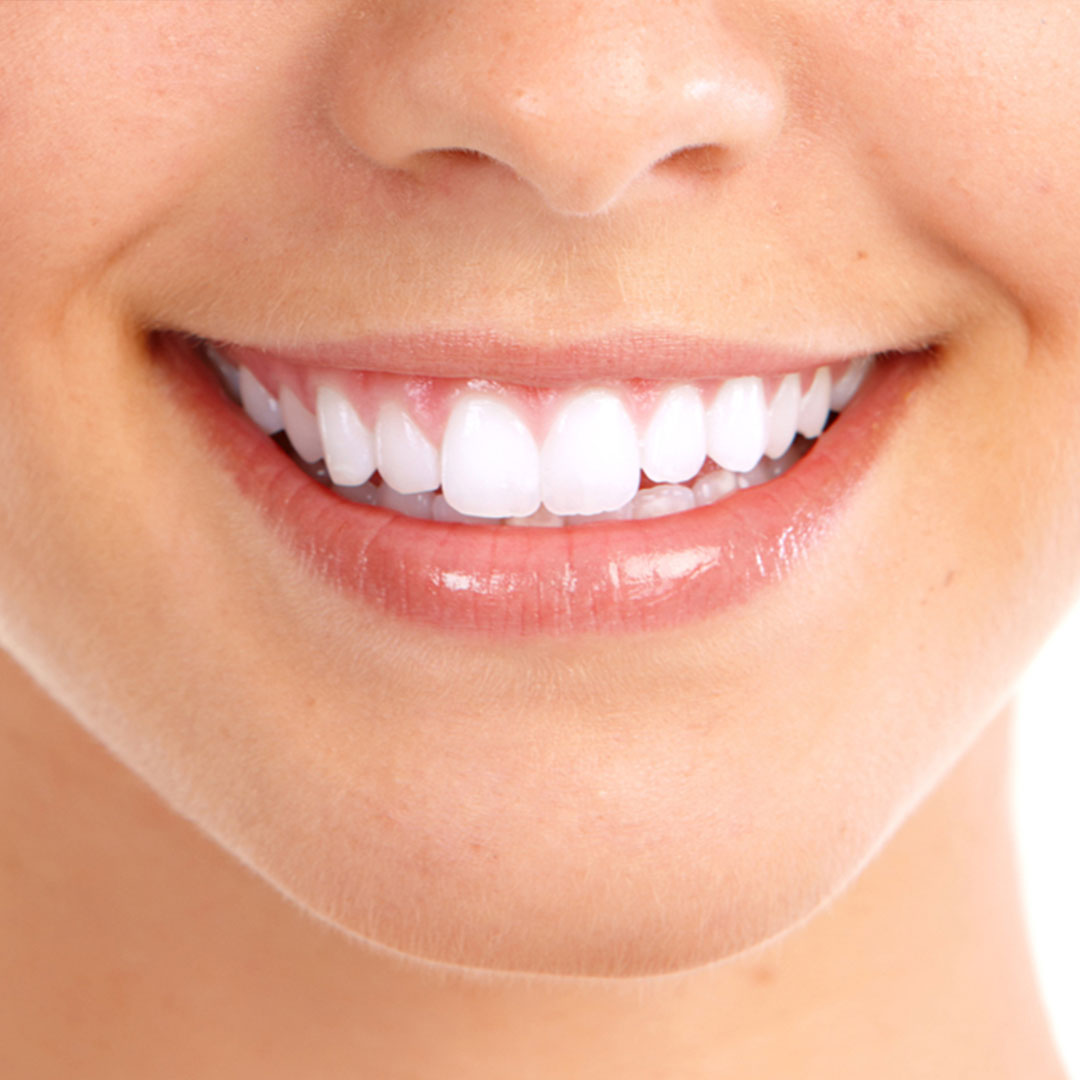
Gum Diseases
While you may think that some loss of teeth is inevitable as we age, it is actually possible for all of your teeth to last a lifetime. One of the ways you can achieve this goal is to avoid periodontal disease (“peri” – around; “odont” – tooth), which is caused by bacteria that attack the tissues around the teeth. Unfortunately, you may not even realize you have gum disease as the signs and symptoms are not always as apparent to you as they are to a dental professional.
Nearly all people who do not maintain good daily oral hygiene will develop gingivitis. If left untreated, this bacterial gum infection can progress from gingivitis (“gingival” – gum; “itis” – inflammation) to periodontitis, which results in bone loss around your teeth. As the bone tissue is lost, the gum tissues detach from the teeth and form little pockets that provide an even better place for bacteria to live — where your brush and floss can't reach. As periodontal disease advances leading to more bone loss, tooth loss can result. Part of this has to do with genetics, as periodontal disease tends to run in families. The good news is that periodontal disease can be controlled, even at more advanced stages.
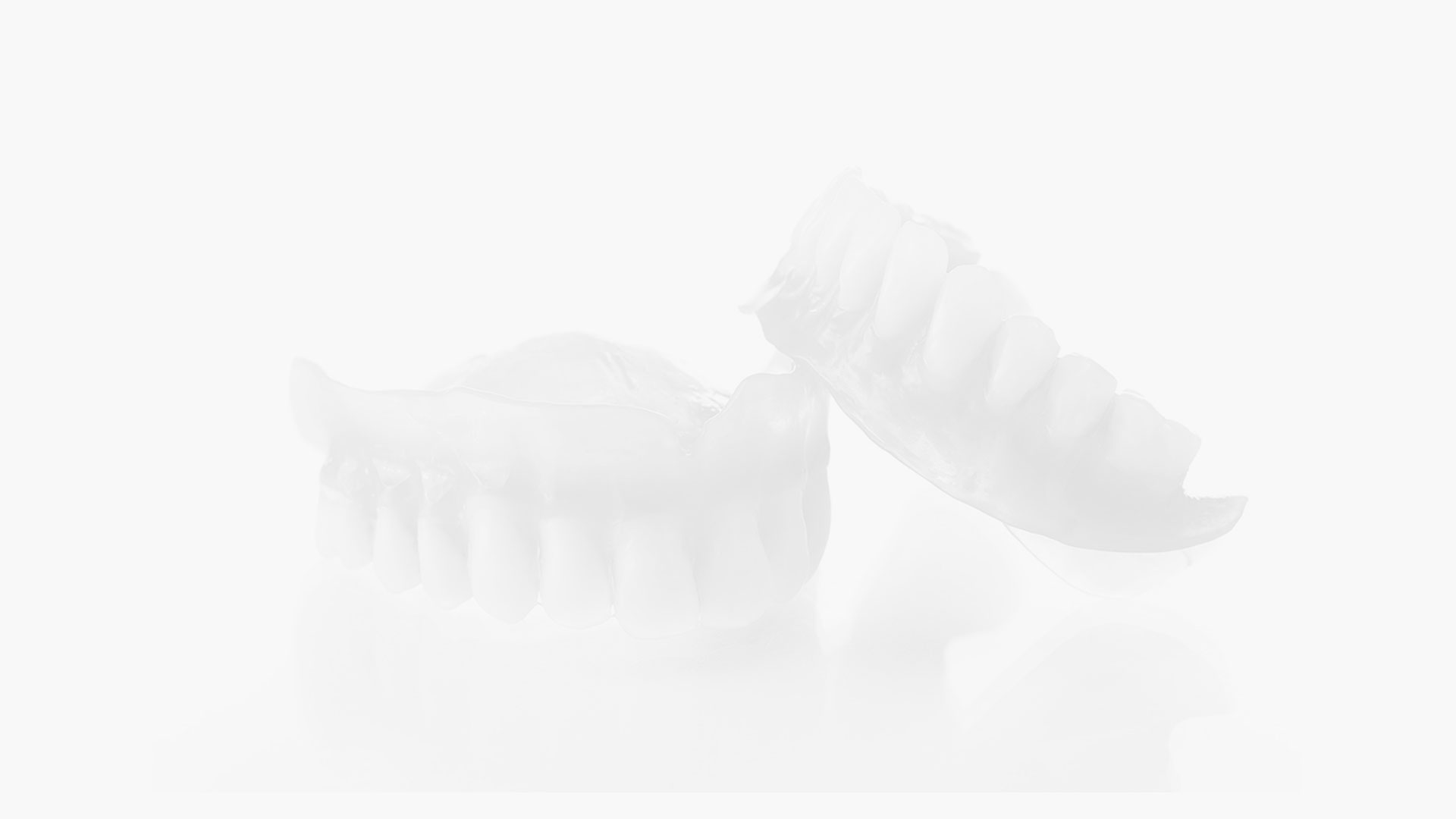
SIGNS AND SYMPTOMS
It's important to understand that you can have periodontal disease with no obvious symptoms, especially if you are a smoker (nicotine reduces blood supply preventing bleeding and swelling of the gum tissues). Still, there are some important things to look for:
Bleeding gums — Some people think that when their gums bleed, it simply means they're brushing too hard. While brushing too hard is bad for the gums, it should not cause bleeding. Any bleeding of the gums should be considered a warning sign of gum disease.
Bad breath — It's very easy for plaque to collect in the spaces between the teeth, creating the perfect living conditions for bacteria that produce odorous, sulfur-containing compounds, resulting in bad breath.
Redness or swelling of gums — Inflammation of the gums is usually the first visible sign of periodontal disease.
Receding gums — If you notice that your teeth look longer than they used to, it may be that your gum tissue has receded (away from the enamel), exposing some of your tooth roots.
Sensitivity — If there is gum recession, the exposed roots may become sensitive to hot or cold.
Periodontal abscess — Bacteria can become enclosed in a periodontal pocket and the area will fill with pus, becoming swollen and painful.
Loose teeth — When periodontal disease results in bone loss, teeth can become loose or migrate. Tooth loss can result and may be accelerated if you are applying excessive biting forces from clenching or grinding your teeth.
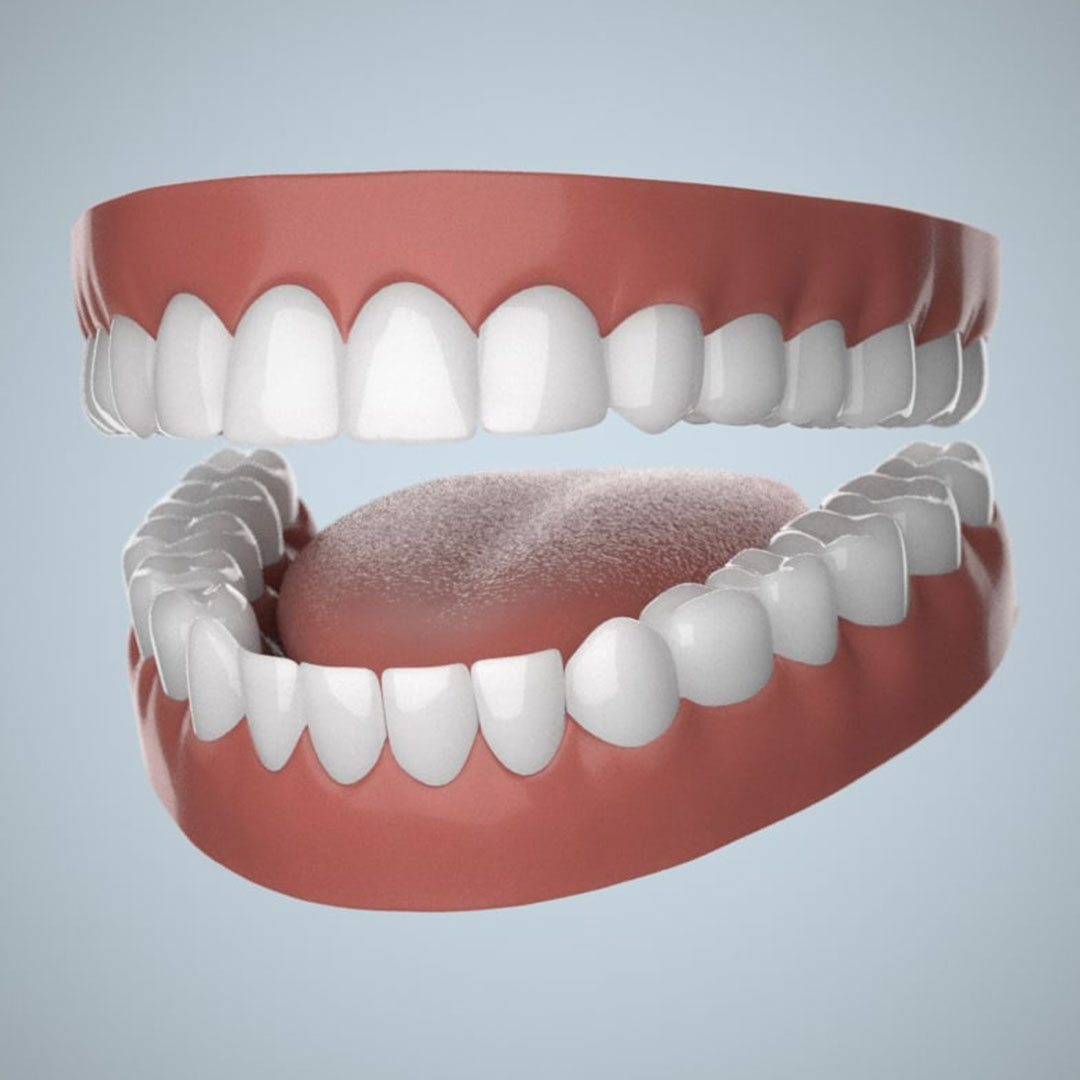
Treatment Options
All periodontal therapy starts with the evaluation of your oral hygiene techniques and instruction for improving them, followed by the mechanical removal of plaque and any calcified deposits (tartar or calculus) that are present on the root surfaces. This is accomplished with a cleaning technique known as scaling, root planing or debridement using hand instruments and/or ultrasonic (high frequency vibrational) instruments. Locally applied antimicrobial products or antibiotics might also be recommended during various parts of periodontal treatment to assist in healing and pocket-depth reduction, hopefully eliminating the need for periodontal surgery. Sometimes surgical procedures may be necessary to remove the deep pockets that form between inflamed gum tissue and teeth. There are many different types of surgery to handle a variety of problems. And many times, combinations of procedures are used to attempt to reduce the number of surgeries as well as the cost of treatment.
Periodontal disease occurs in your mouth but seems to be linked to more serious conditions in other parts of the body, such as cardio-vascular disease (CVD), diabetes and preterm births. While the exact nature of the connection is unclear, it appears that moderate to severe periodontal disease increases the level of systemic (bodily) inflammation — a characteristic of all chronic inflammatory diseases. Also, the same bacterial strains that are commonly found in periodontal pockets surrounding diseased teeth have been found in blood vessel plaques of individuals with CVD. Therefore, controlling periodontal inflammation may help to reduce systemic inflammation.
Preventive Strategies
The best way to prevent periodontal disease is to brush and floss your teeth effectively every day. In fact, regular dental checkups and professional cleanings every 3, 4 or 6 months (as recommended by your dentist) are also an important part of maintaining periodontal health; the instruments and techniques used in these cleanings can reach into areas that your toothbrush and floss can't.
We can also detect early forms of gum disease by evaluating your gingival (gum) tissues, both visually and by examining their attachment levels to the teeth. And we can assess the health of your tooth-supporting bone by taking dental radiographs (x-rays pictures).
There are other steps you can take: Eating right, reducing stress in your life, and giving up unhealthy habits like smoking will also help ensure that you keep your teeth for a lifetime.
You've no doubt heard it said that an ounce of prevention is worth a pound of cure. In dentistry, you might say it's worth two pounds. Maybe even thousands of dollars. That's because dental problems can become exponentially more expensive — and painful — the longer they go unaddressed. Fortunately, modern dentistry has many easy and relatively inexpensive ways to make sure that today's minor annoyance does not turn into tomorrow's major headache.
Preventive dentistry describes all the procedures used to arrest tooth decay and other diseases in the earliest stages. The goal is to keep you as healthy as possible and maintain your natural teeth for life.
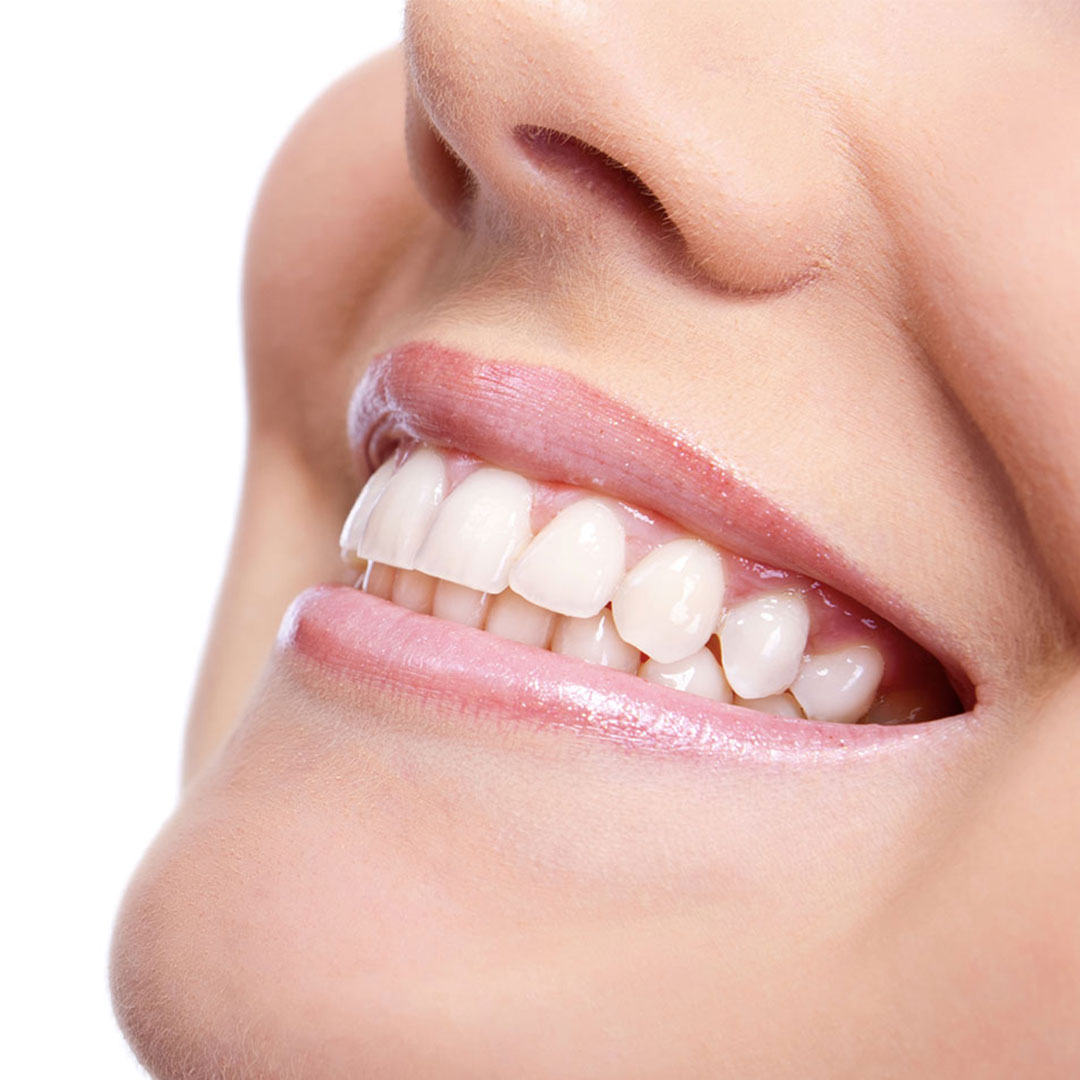
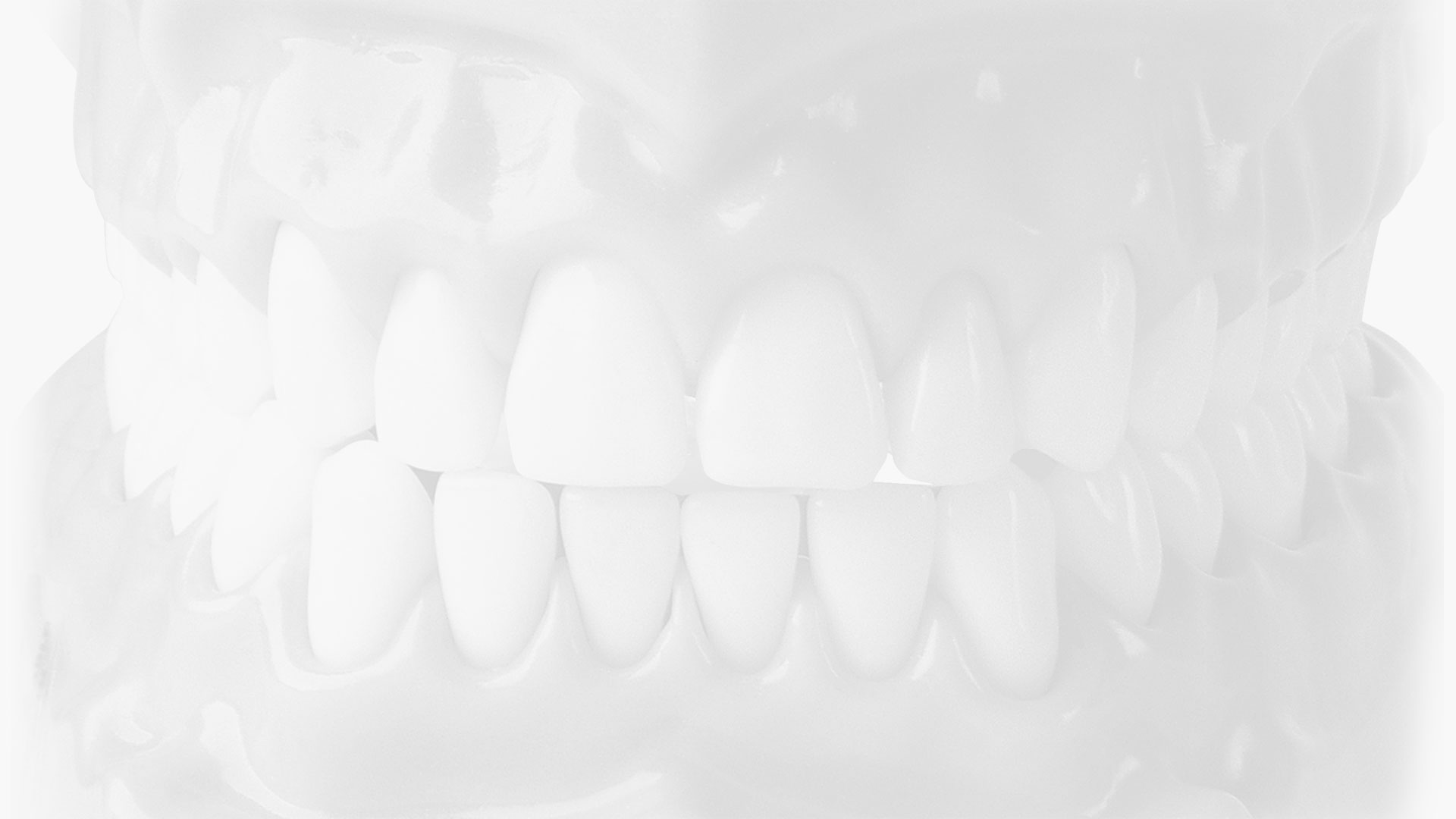
Preventive Dental Procedures
Preventive dentistry procedures range from the most basic services that have been used successfully for decades, to recent technological innovations. These procedures include:
Cleanings. This is where dental health starts. There's just no substitute for physically removing disease-causing dental plaque and calculus (tartar) from your teeth — especially in hard-to-reach areas near the gum line. That's why regular professional cleanings are so important to your health.
Dental Sealants. These invisible plastic coatings fill the tiny grooves in back teeth so they do not become havens for bacteria. They prevent cavities from forming and the need for fillings later on.
Fluoride. This mineral is readily incorporated into the teeth's mineral structure, thereby making them stronger and more decay-resistant. Fluoride can even reverse tiny cavities that are starting to form. If you are not getting enough from your toothpaste and drinking water, it can be applied directly to your teeth at the dental office.
Laser Decay Diagnosis. Laser light can be used to detect early tooth decay quickly and easily, right in the dental office — before full-blown cavities form.
Mouthguards. Athletic mouthguards are designed to absorb and distribute the forces of impact and minimize traumatic injury to both the hard and soft tissues of the mouth. The best ones are custom-made for you by your dentist.
Oral Cancer Screenings. Your best chance of surviving oral cancer — a disease that affects not only lifelong smokers but also young non-smokers — is early detection and treatment. Oral cancer screenings are a routine part of every regular dental exam.
Salivary Diagnostics. This is an exciting new development in the field of preventive dentistry. It is already possible to detect the presence of certain diseases with a salvia test, and the technology is developing rapidly.
X-Rays. For around a century, dentists have been using x-rays to reveal signs of disease not visible to the naked eye. Now, with CAT scans, they have become three-dimensional and are an indispensable tool to diagnose tooth decay, gum disease, bone density, bone volume and tumors.
Your Role in Prevention
There's one more extremely important component of preventive dentistry: you. The procedures mentioned above can only be effective if you come in to the dental office to take advantage of them. Likewise, the importance of maintaining a good oral hygiene routine at home cannot be overstated. Daily effective brushing and flossing will go a long way toward removing the dental plaque responsible for dental disease, tooth loss, and the need for more complex dental treatment.
Cavities are little holes in teeth that can eventually cause big problems. They form when tooth-eroding acid attacks a tooth's protective outer covering (enamel). This acid mainly comes from two sources: your diet, and certain oral bacteria that thrive in the absence of effective oral hygiene. If cavities are not treated promptly, decay-causing bacteria can get further into the tooth, leading eventually to root-canal problems and even tooth loss. The good news is that cavities are preventable — meaning it is truly possible to keep all of your natural teeth for life! Here are our top three tips to keep decay away:
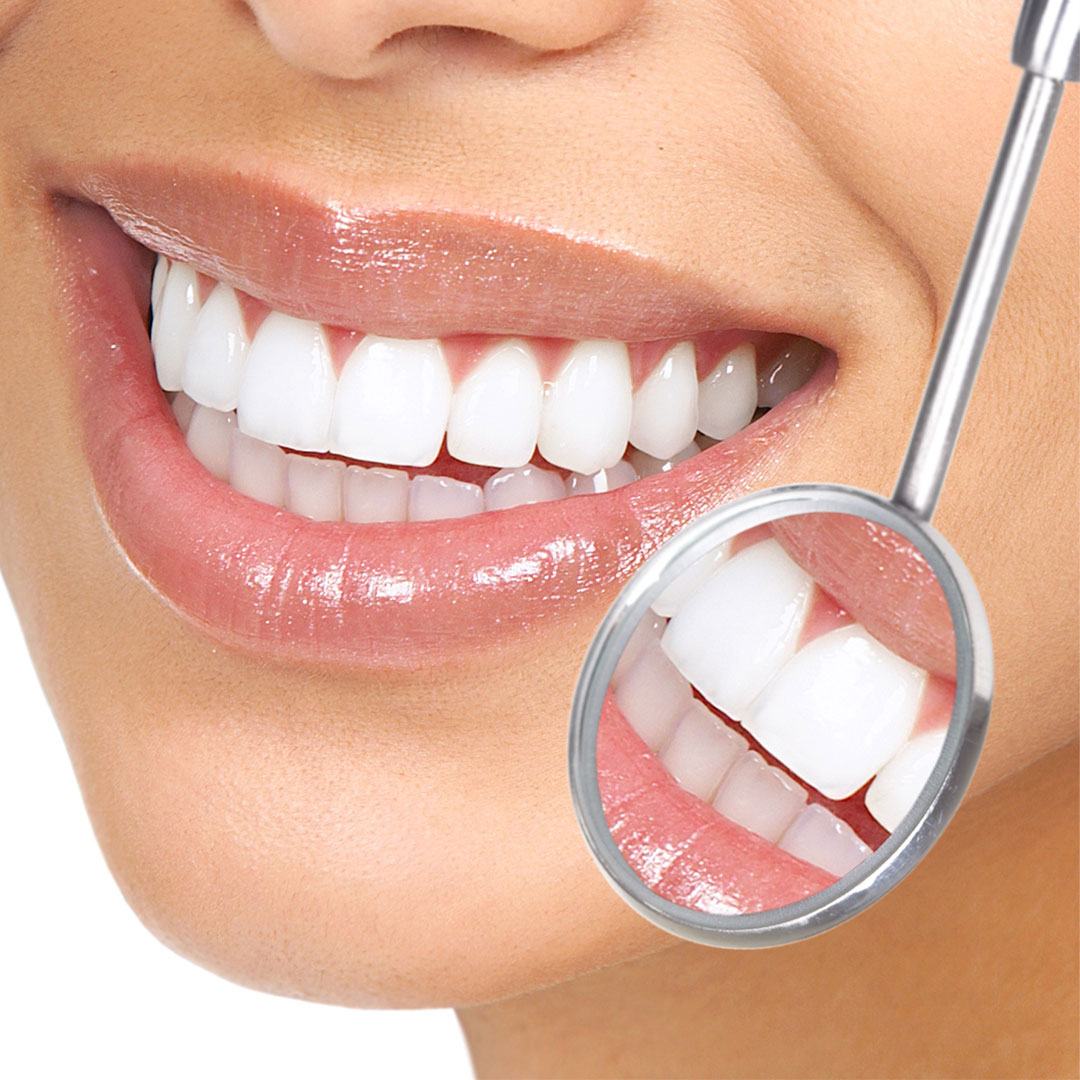

Brush & Floss Every Day
Cavity prevention starts with a good oral hygiene routine. This will remove dental plaque — a sticky film that harbors food particles and harmful bacteria. Flossing is particularly important because a toothbrush can't reach in between the teeth the way floss can. Make sure to floss both sides of every tooth, including the back molars, at least once each day. Brush your teeth at least twice each day, using a toothpaste that contains fluoride — a mineral that can become part of your tooth enamel and actually repair tiny cavities that are starting to form.
Pay Attention to Your Diet
Certain foods and beverages are no friends to your teeth, and soda tops the list. Soda, sports drinks, and so-called “energy drinks” are all acidic — even the sugar-free varieties. The acids they contain attack tooth enamel and make your teeth more prone to decay. Fruit juices can also be very acidic. Drinking water is much better for your dental health, not only because it has a completely neutral pH (is non-acidic), but also because it helps replenish your saliva — which has natural cavity-fighting properties. Sugary and starchy foods (cookies, candy, donuts, and chips) are also a problem — especially when they are not promptly cleaned from your mouth. They nourish the oral bacteria that cause cavities and raise the acidity level in your mouth.
See Your Dentist Regularly
Routine professional cleanings and exams are a great way to maintain excellent oral health. Your dental hygienist can clean areas of your mouth that you can't reach with your toothbrush or even with floss. We can check for early signs of tooth decay and take prompt action. What's more, we can recommend specific preventive treatments if you are particularly prone to cavities. These include in-office fluoride treatments and dental sealants, both of which are quick, easy and effective procedures. Special mouthrinses might also be recommended. Working together, we can make sure your oral hygiene routine is all it should be and that decay is kept at bay.
Sleep Apnea
You May Be Suffering from Sleep Apnea
What is Sleep Apnea?
Sleep apnea is a common medical condition where a person stops breathing for dozens (or even hundreds) of times every night due to airway blockage. Each time this happens C02 builds up, your blood pressure rises, and your body startles you awake to restart proper breathing.
This is a very dangerous condition with negative consequences for both your quality of life and your health. Serious cases of sleep apnea may reduce your life expectancy by up to 10 years.
Thankfully, with proper sleep apnea treatment, you can reduce your risk and limit (or completely stop) your snoring.
Our Mason sleep apnea dentist is here to help you sleep restfully and safely again.
Did you know: Almost 20 million people in the US have sleep apnea, but many don’t even know it!
Those most common risk factors include:
- Men 40+ years old
- Overweight
- Smokers
- Those with a family history of sleep apnea
If you think you may be suffering from sleep apnea, you owe it to yourself to find out for sure.
Based on the severity of your sleep apnea symptoms, sleep apnea test results, and the recommendations of your physician, your sleep apnea treatment may include:
CPAP Machine
The CPAP (Continuous Positive Airway Pressure) machine is the gold standard for relieving dangerous and severe sleep apnea symptoms. A CPAP machine is worn over your face at night. The machine gently adjusts your lower jaw, opening your airway and preventing obstruction.
Oral Appliance
Best for those with mild to moderate symptoms or for those who cannot tolerate a CPAP machine, our oral sleep apnea appliance. Worn like a retainer or mouth guard, this appliance keeps your airway open all night long. Sleep apnea appliances are small, comfortable, and custom-made to fit your mouth.